8 Scenic Sites of Yangsan
Yangsan is known to have the most beautiful scenery created by the perfect blend of mountains and waters.
It was often called 'Yanggang' because the Geum River flowing through it was especially beautiful. Our ancestors selected eight scenic spots in the area that they admired the most and passed them on to the descendants.
These eight scenic sites of Yangsan include Yeongguk-sa Temple, Gangseondae, Mt. Bibong, Bonghwangdae, Hambyeokjeong, Yeouijeong, Japungseodang and Yongam, which are all located around the Songho National Tourist Site.
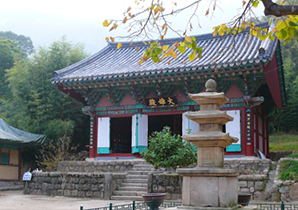
This temple, located in the Cheontae Mountain, is the first spot of the eight scenic sites of Yangsan. It contains many cultural relics and monuments, which create a mysterious atmosphere.
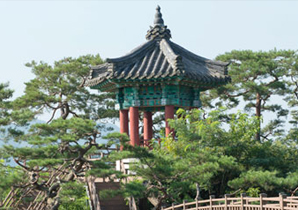
This is considered the most beautiful spot among the eight scenic sites of Yangsan.

Mt. Bibong is well-known for offering an exquisite scenery at the peak. Once you climb up to the peak, you will be able to enjoy a breathtaking view of the Geum River and Yangsan-myeon.
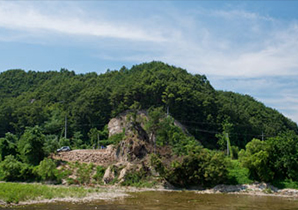
Situated above Yaang River in Sudu-ri, Yangsan-myeon, Bonghwangdae is regarded as one of the best scenic spots among the eight. This is where Cheosa Lee Jeong-in spent his leisure time, but only the rock, and not the tower, remains.

Hambyeokjeong is a pavilion situated on a rock on the riverside east from Bonghwangdae. It's been said that the sound of water fowls chirping never ceased in this area in the past. Perhaps it was due to its location, which provided a view of the beautiful glow of the sun setting behind Mt. Bibong, but scholars used to gather here to recite poems and discuss their studies.
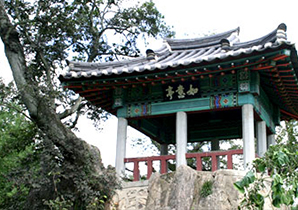
The Songho National Tourist Site is situated on the shore on the upstream of the Geum River, which passes through Yangsan as it flows from the south to the northeast direction. Yeouijeong is a pavilion erected on the rock with a pine grove located in the Songho National Tourist Site, and this was wehre Manchwidang Park Eung-jong enjoyed the arts.
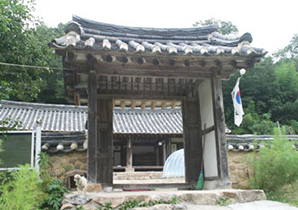
This was a village school where Confucian scholar Dongcheon Lee Chung-beom (1520~1598) taught his students in the mid-Joseon period.
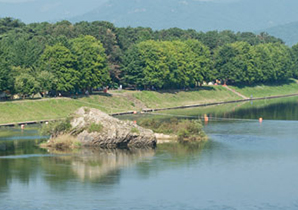
A legend has it that a dragon could not ascend to heaven because it was captivated by the Taoist fairies bathing and remained on Earth as a rock.